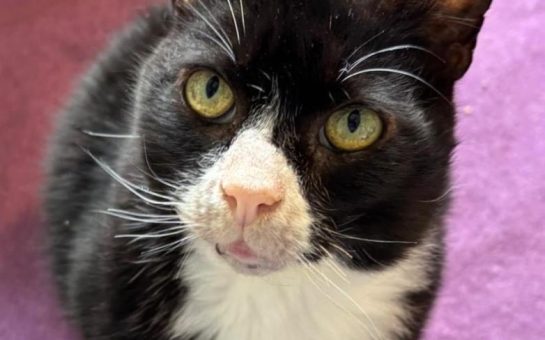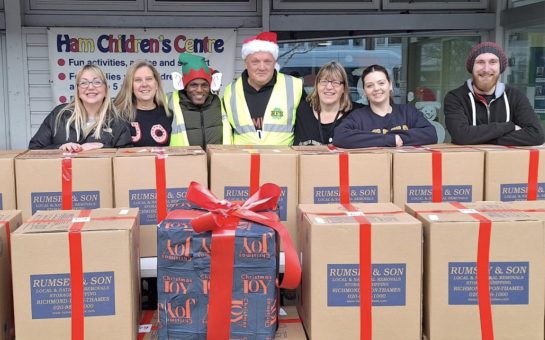Possible’s 15-metre pop-up parklet by Little Ealing School brought people together for music performances, children’s activities and refreshments on 21 September, as part of their Going Car Free campaign.
Possible’s Car Free Cities campaign is based in Bristol, Birmingham, Leeds and London, and the project is about accelerating the shift away from car dependency.
Their work involves promoting parklets, like the one on Hereford Road, where people use their parking spaces for other things, like planting greenery or providing more communal seating and social areas.
Some people have even been putting wardrobes, tables and chairs in their parking spaces to show that having a car out on the street is actually not that different to having other private belongings there.
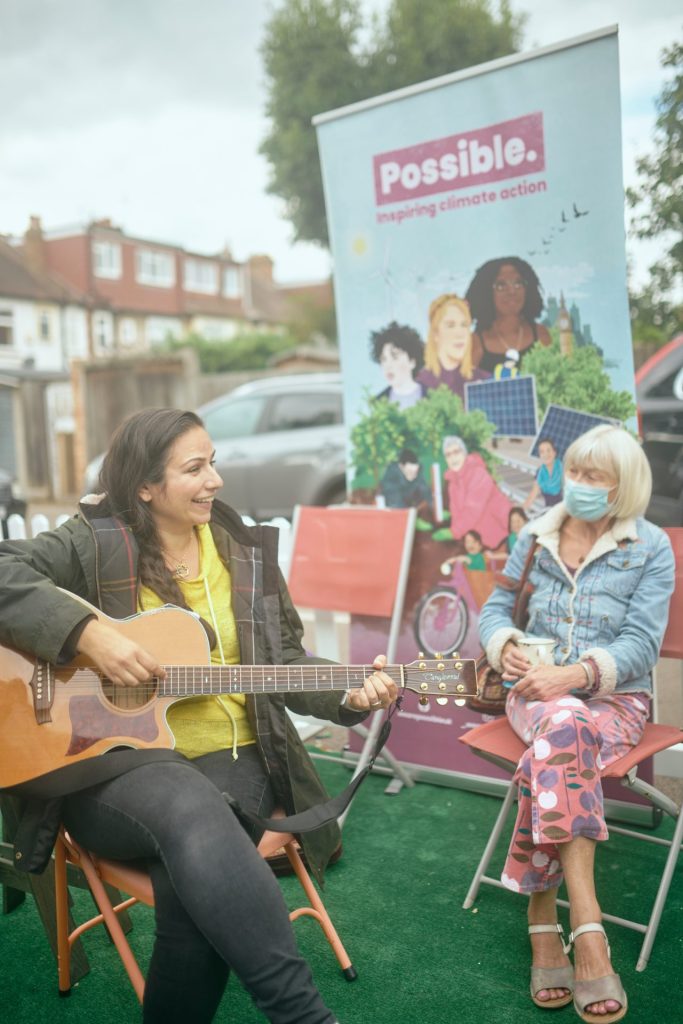
The campaign started when Possible encouraged three residents, from Enfield, Hackney and Croydon, to go car free and choose active travel, such as cycling, as much as possible.
The participants logged their car journeys, travel spending, time travelling and how they felt for a week, before handing their car keys over to a friend for 30 days.
After this trial, the Going Car Free campaign was rolled out in July, and Possible had almost 1000 people nationally take up the same challenge, with incentives such as a free Brompton bicycle on offer.
At the end of the challenge, 98% of participants said they would not use their cars as much as before signing up.
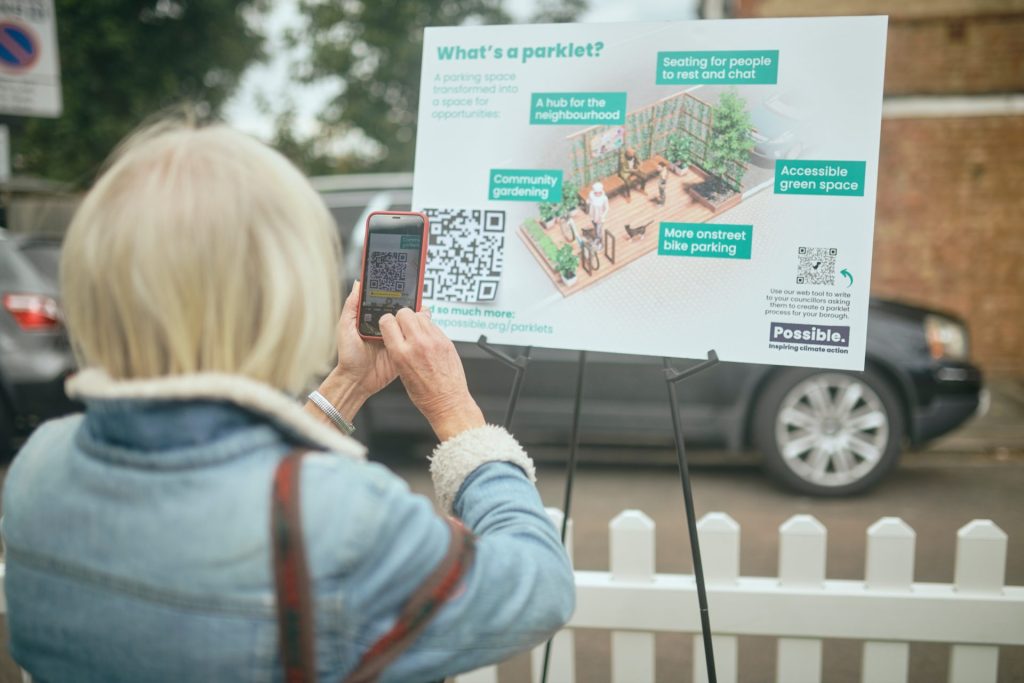
Carolyn Axtell, Possible’s Car Free Cities London campaigner, said: “We need a shift away from relying upon cars to see that there are other ways of doing things.
“I think some people can feel forced into using cars even though they find it stressful and hate driving, and the more kids you have the more daunting it can feel to switch to other methods.
“I know what it’s like as a mother of three with different activities they need to get to after school, but with the right support it can be done.”
Axtell described how the participants felt proud of themselves for trying other ways of getting about, as once they got into a rhythm they noticed benefits to their health and felt liberated.
However, Axtell stated that the difficulty of active travel is that it requires infrastructure that can accommodate safe active travel, such as cycle lanes, pedestrian crossings and safe streets for children.
“Habit is a big part of it, and for a lot of people there is a fear aspect,” she explained.
“Some of our participants, particularly those that were carers, said that it was their responsibility to protect their children and keep them safe, which they initially felt was easier to do by car.”
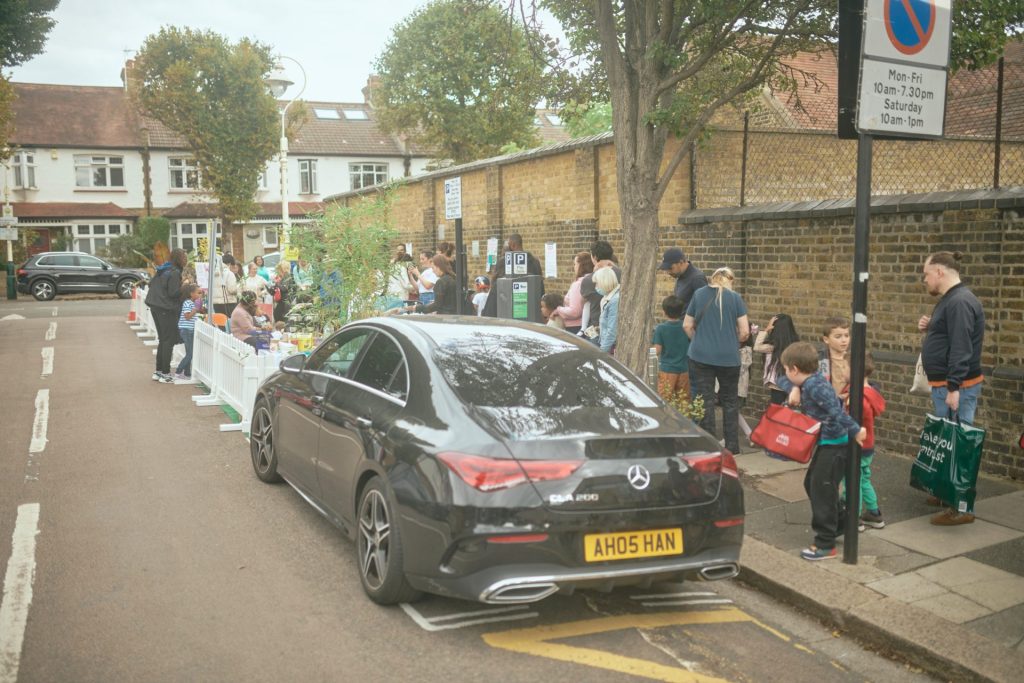
Axtell sold her car a few years ago, and now cycles with her children to school, which has increased both her and her children’s confidence about the safety of active travel.
“I think there’s often a message that we are encouraging people to jump on their bikes, but unless we put in safe infrastructure and build people’s confidence it’s not realistic,” Axtell said.
“Cycle training, especially one-to-one support, is very important.”
The support involves participants practising their cycle route home or to work on a quiet Sunday morning.
Axtell also recommended that women to look into organisations such as Cycle Sisters and JoyRiders as they provide extra support for women.
After carrying out a survey in July on 272 households this year, Possible found that 78% of people living in areas with street traffic filters said they wanted to keep the car-free roads.
Axtell stressed people should be politically active about the traffic on their street and reach out to their councillors if they want to have measures put in place.
One example of Possible’s future projects is seeking to develop the infrastructure of Tooting Broadway Junction.
Axtell said: “We are really keen to collect people’s input so we can create visions of what our cities could look like in the future.”
Featured Image and picture credit: Paula Siqueira Photography

